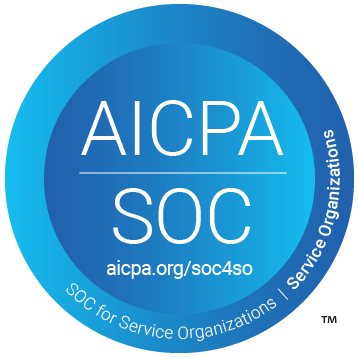For most people, money laundering is a crime that just happens in movies, TV shows as it doesn’t have anything to do with them. Unfortunately, money laundering is a huge problem for businesses all over the globe. Other types of financial fraud are also common for businesses, especially financial services and FinTechs that allow users to exchange funds. With the use of proper AML technologies, organizations can stop the flow of money laundering.
These businesses and institutions can be used to finance criminal empires and support terrorist funding without being aware. This opens the business to legal actions and huge fines by a regulatory body for not complying properly with AML regulations. Banks, financial institutions, credit unions, and others must stay compliant with AML technologies, by utilizing the latest technologies and by training employees.
Below we have listed some of the best and modern sophisticated technologies to keep an eye out for as AML continues to evolve.
Sophisticated AML Technologies for Developing Effective AML Compliance Programs
Developing effective AML compliance programs isn’t a choice for businesses, financial institutions are legally obligated to comply with AML regulation. Financial institutions of all kinds must utilize new AML technologies as it is one of the best ways to stay compliant.
AML regulations state that banks collect customer information and monitor all suspicious transactions and activities. Suspicious activities of all kinds must be reported to financial regulatory authorities like FATF. Here’s our pick for technologies that help financial institutions comply with existing AML regulations.
1. Automated AML Screening Solutions
Financial institutions and other money-related businesses have millions of clients. Monitoring every single of these customers is almost impossible without using automated AML screening solutions.
AML technologies automatically check the clients of a business against national and international checklists. These lists can be made up of global and regional lists, watchlists, PEP lists, and other lists. With automated screening, businesses will be able to identify high-risk individuals and complete a fair and complete risk assessment. These actions fall under the term “RPA (Robotic Process Automation)”, which means the technology uses AI to screen and monitor accounts for potential money laundering.
The best AML screening solutions use AI-powered automated AML screening to assess all the risks and perform monitoring.
2. Transaction Monitoring Tools
Suspicious activities according to the government can be a single transaction or a pattern of unusual high-risk transactions. For example, the Bank Secrecy Act (BSA) states that any transaction in the US for more than $10,000 should be reported.
However, financial criminals are also aware of these regulations so they use several transactions of less than $10,000 to stay out of suspicion. To detect all suspicious financial transactions, a business should look for complex patterns.
Monitoring every single transaction is without a doubt one of the best ways to stay compliant with AML regulations, but using automated software will make this a much easier task. Tools such as DIRO online bank account verification can help in reducing financial fraud by verifying if the person using the account is legit or not.
3. AI-Based Solutions
Artificial Intelligence has already infiltrated almost every part of our lives. It can instantaneously analyze a huge amount of data and use specifically designed algorithms and detect anomalies that humans can’t.
AI can have countless implementations in a spectrum of industries, ranging from cybersecurity to fraud prevention to data management. Artificial intelligence is not exactly a tool, if used properly it has characteristics of an AML screening and transaction monitoring solution.
4. Machine Learning Solutions
Machine learning is a small part of AI and it is a type of software program that utilizes data and algorithms to recognize patterns in transactions that can be deemed suspicious. Over time, the machine learning program detects changes in customer behavior, which makes it easy to identify suspicious activities.
These machine learning solutions are built to analyze data and anticipate the behavior of a customer. If a client’s transaction habits suddenly change, then these solutions will notify the businesses of any suspicious transactions. Thus sudden changes in a customer’s financial habits may include unusually large deposits and withdrawals, change in frequency of transactions, and so on.
Need for Effective AML Technologies
Non-compliance with the AML regulation can cause you to pay huge fines imposed by regulatory bodies. The total amount as fines imposed in 2020 surpassed 14 billion dollars, with Goldman Sachs and Westpac the largest organizations being fined. Non-compliance won’t just lead to fines, it can also make it harder to detect and prevent criminals from entering the financial institution’s internal systems.
Each country has its own regulatory body and law enforcement specialists whose only aim is to protect the financial system. In the U.S FinCEN is the regulatory body that watches over all the financial institutions and ensures that the regulations are being followed.
With the rapid increase of money laundering and digital transformation in the banking industry, complying with AML regulation has become even more important for regulators and businesses. While businesses are legally obligated to comply, doing so will help in preventing money laundering.







